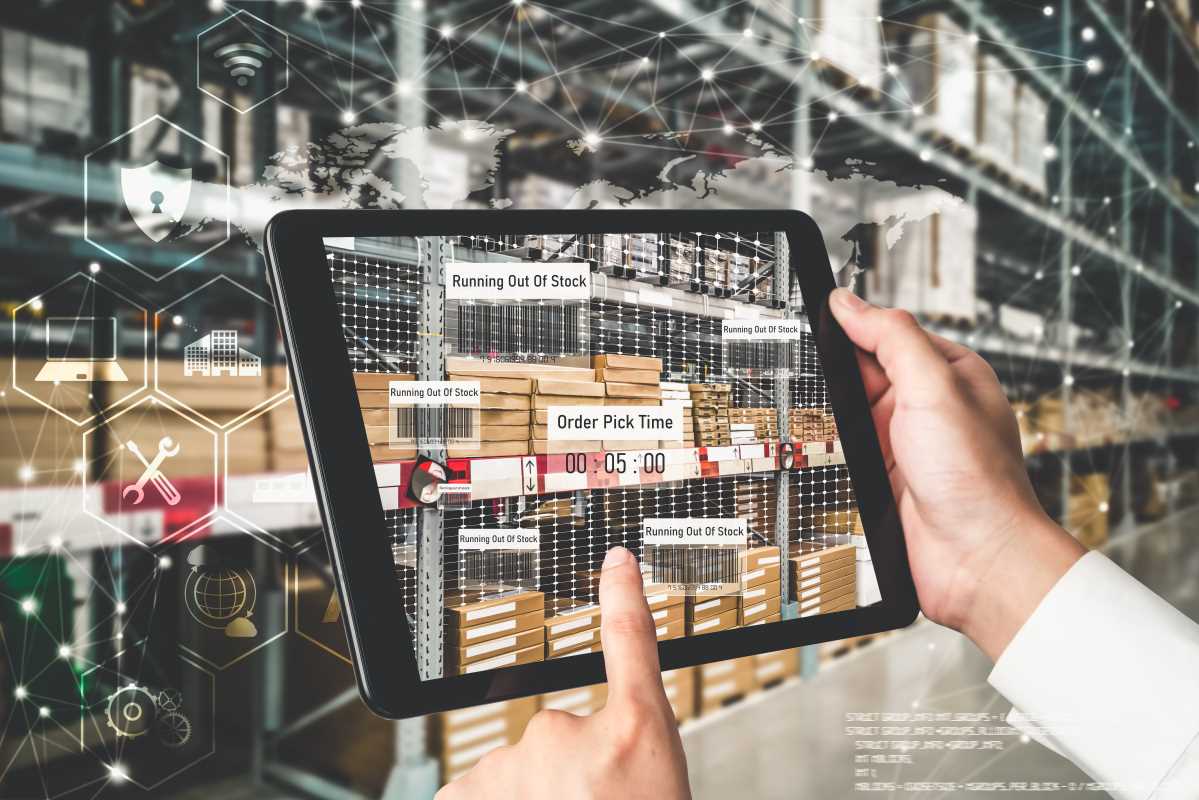Chatbots are changing how businesses talk to customers. These AI-powered assistants provide instant answers and support, 24/7. They are no longer clunky, frustrating tools. Today’s chatbots are smart, responsive, and incredibly helpful. The technology is evolving at a rapid pace, moving toward even more human-like conversations. Global spending on chatbots is projected to hit $142 billion by 2024. This massive investment signals a clear shift. Businesses are embracing this technology to improve customer service and boost efficiency. This guide explores the future of chatbots. It shows you exactly why your business needs to adopt one now to stay ahead of the curve and deliver a superior customer experience.
What is a Chatbot, Really?
A chatbot is a computer program designed to simulate human conversation. It interacts with users through text or voice. You have likely encountered them on websites, in messaging apps, or through smart speakers. Early chatbots followed simple, pre-written scripts. They could only answer a narrow range of specific questions. A user had to type the exact right keyword to get a response.
Modern chatbots are far more advanced. They use Artificial Intelligence (AI) and Natural Language Processing (NLP) to understand what a user is trying to say, even with typos or informal language. They learn from past interactions to get smarter over time. These bots can handle complex queries, personalize responses, and even detect a user's mood. They are evolving from simple Q&A tools into sophisticated digital assistants.
For businesses, this technology is a game-changer. It automates customer support, generates leads, and guides users through a sales process. Chatbots provide a level of instant, personalized service that would be impossible to scale with human agents alone.
The Future is Now: Emerging Chatbot Trends
The future of chatbots is not a distant reality. It is unfolding right now. New advancements are making these tools more powerful and integrated into our daily lives. Here are the key trends shaping their evolution.
1. Hyper-Personalization Takes Center Stage
Future chatbots will know you better than ever. They will integrate seamlessly with your CRM and other business systems. This gives them a complete view of a customer's history, preferences, and past behaviors.
- How it works: An AI-powered chatbot can see a customer's past purchases. It can then offer tailored product recommendations. A bot could greet a returning visitor by name and ask if they need help with a recent order.
- The Impact: This level of personalization makes customers feel seen and valued. It transforms a generic interaction into a helpful, one-on-one conversation. Over 70% of consumers expect personalized interactions with brands. Chatbots make this possible at scale.
2. Voice and Multimodal Conversations
Voice is becoming a dominant interface. People are using voice commands with smart speakers and phones more than ever. The future of chatbots is not just text-based. It is conversational and voice-activated.
- How it works: Voice bots allow users to speak their questions and receive spoken replies. This is faster and more convenient than typing.
- The Impact: Multimodal chatbots will combine voice, text, and visual elements. A user could ask a bot for product options via voice. The bot would then display a visual carousel of items on the screen. This creates a richer, more engaging user experience.
3. Deeper Emotional Intelligence (EQ)
One of the biggest leaps forward is the development of emotional intelligence in AI. Future chatbots will be able to detect and respond to human emotions.
- How it works: Sentiment analysis allows a chatbot to recognize frustration, confusion, or happiness in a user's text or tone of voice.
- The Impact: If a bot detects a customer is upset, it can immediately escalate the conversation to a human agent. It could also adjust its own language to be more empathetic. This emotional awareness is crucial for handling sensitive situations and building customer trust.
4. Proactive Engagement
Chatbots are shifting from reactive to proactive. Instead of waiting for a user to start a conversation, they will initiate contact at the right moment.
- How it works: A chatbot on an e-commerce site might notice a user hesitating on the checkout page. It could proactively pop up to ask if they have any questions about shipping or payment.
- The Impact: This proactive assistance can help overcome customer hesitation and reduce cart abandonment. It turns the chatbot into a helpful shopping assistant, guiding users toward a purchase.
Why Your Business Needs a Chatbot Now
Waiting to adopt this technology is no longer an option. Getting started with a chatbot now gives you a significant competitive advantage. Here are the immediate benefits for your business.
Increase Efficiency and Cut Costs
Chatbots automate repetitive tasks. They can handle the majority of common customer inquiries. This frees up your human agents to focus on complex, high-value issues.
- Key Stat: Chatbots can help businesses save up to 30% on customer support costs. They reduce the need for a large support staff while simultaneously improving response times.
Provide 24/7 Customer Support
Your business may close at 5 PM, but your customers are online at all hours. A chatbot is always available. It provides instant answers and support around the clock.
- The Benefit: This constant availability improves customer satisfaction. People appreciate getting help the moment they need it, not hours or days later.
Generate and Qualify Leads
A chatbot is an excellent tool for lead generation. It can engage website visitors, ask qualifying questions, and collect contact information.
- How it works: A bot can ask a visitor what services they are interested in. Based on their answers, it can direct them to the right salesperson or schedule a demo. This ensures your sales team receives high-quality, pre-qualified leads.
Improve the Customer Experience
Modern consumers expect fast, convenient, and personalized service. Chatbots deliver on all three fronts. They provide instant responses and tailored information.
- The Benefit: A positive customer experience builds loyalty and encourages repeat business. A well-designed chatbot makes your brand feel helpful and modern.
Getting Started is Easier Than You Think
Implementing a chatbot does not require a massive IT project. Many user-friendly platforms allow you to build and deploy a chatbot with no coding required.
- Platforms to Explore: Tools like Intercom, Drift, and ManyChat offer intuitive builders. You can create a chatbot by defining conversational flows and connecting it to your business data.
- Start Small: You don't need a bot that can do everything at once. Begin by building a chatbot to answer your top 10 most frequently asked questions. You can expand its capabilities over time as you learn what your customers need.
The future of customer interaction is conversational and AI-driven. Chatbots are at the heart of this transformation. By implementing a chatbot now, you position your business to meet modern customer expectations. You will operate more efficiently and build stronger relationships. The time to join the conversation is now.







